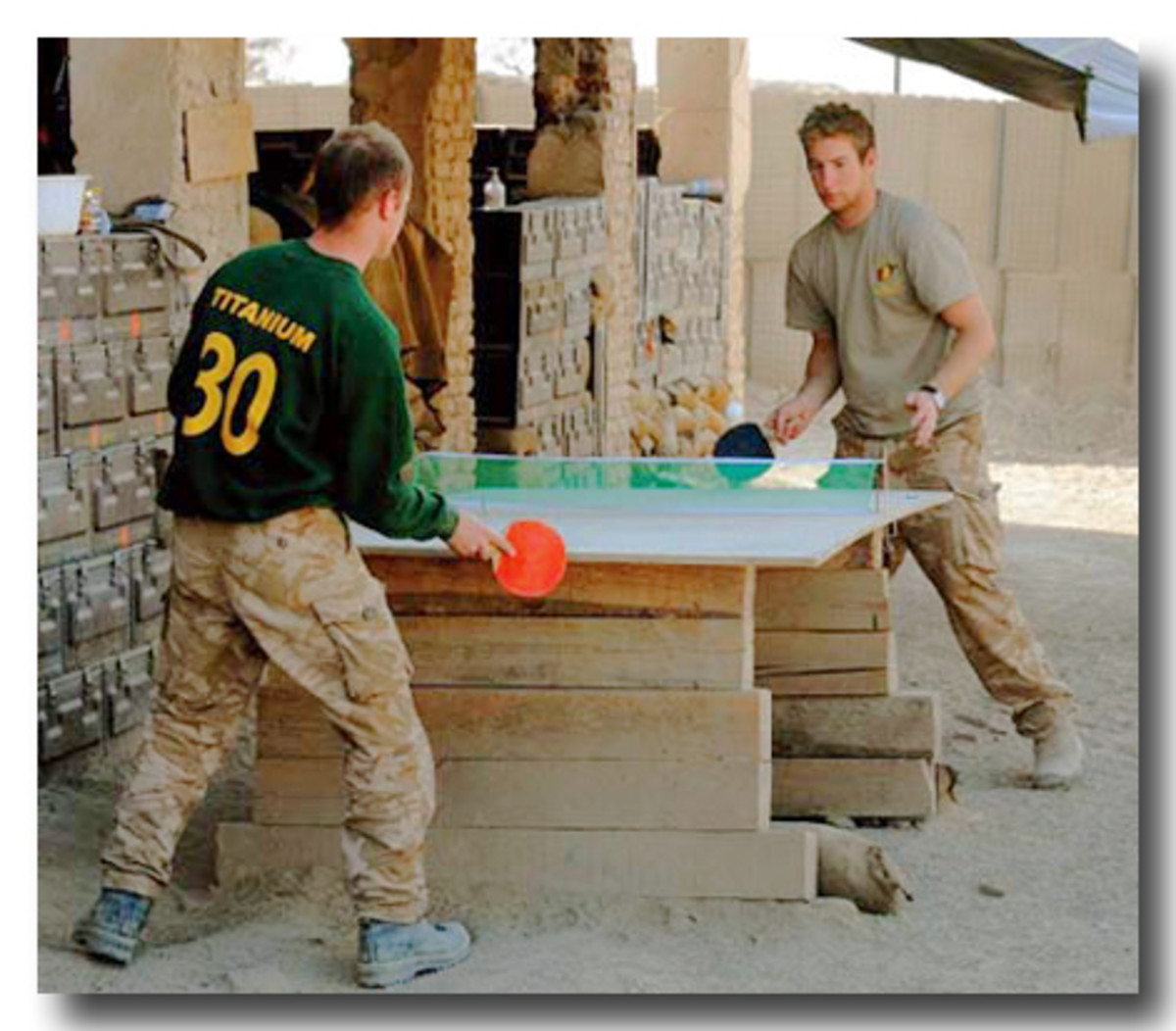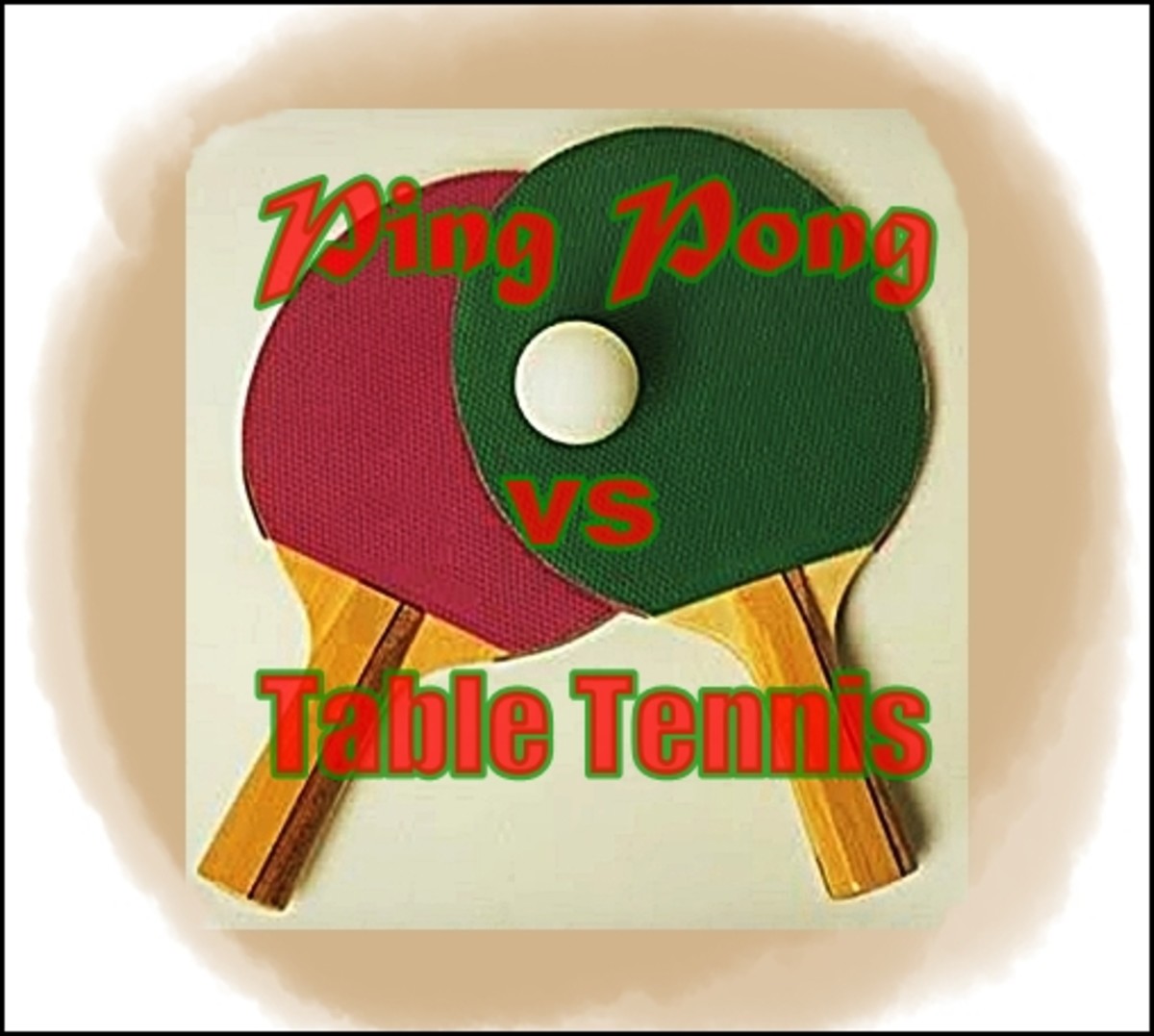How to Play Table Tennis (Ping Pong)
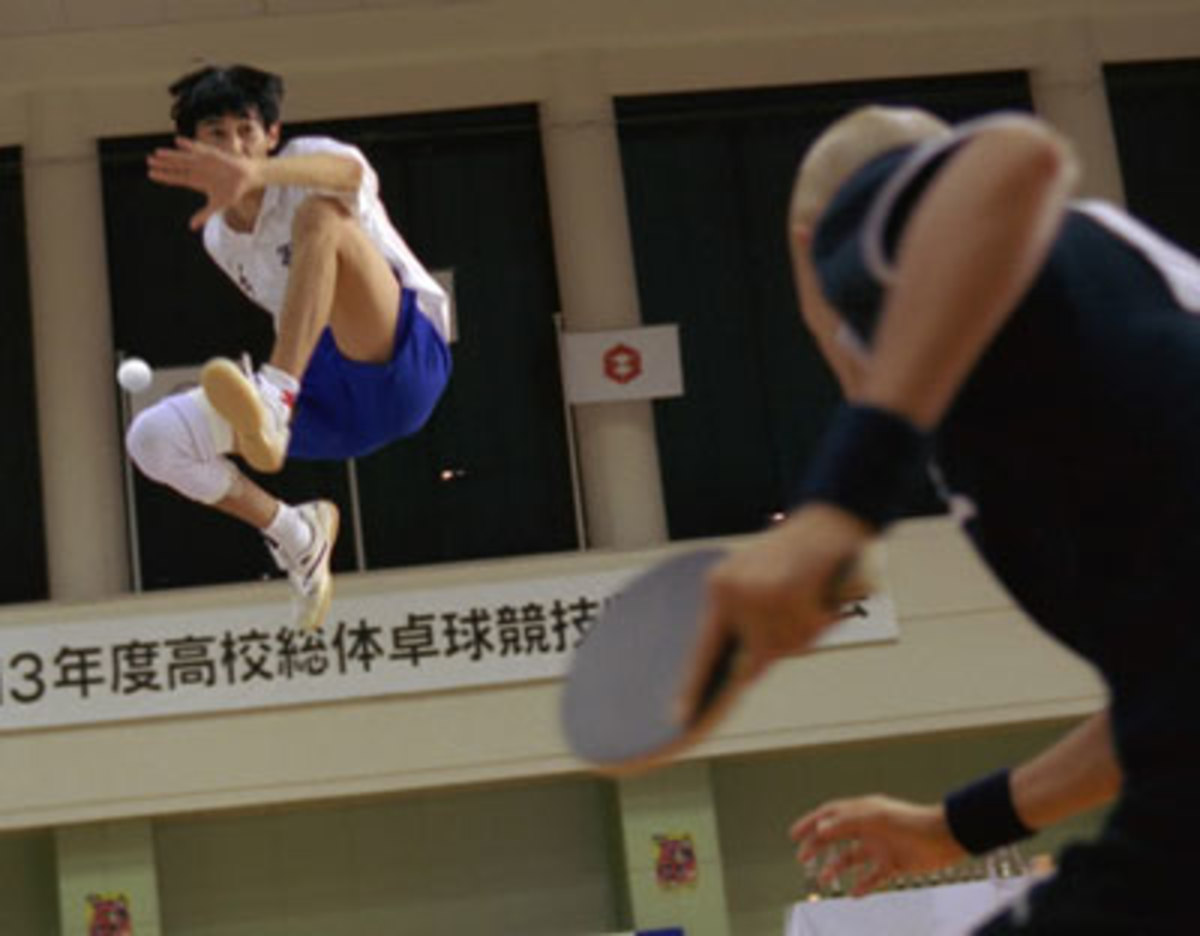
When you first start out playing table tennis, it's a good idea to find someone else with a beginner skill level, in order for the both of you to learn how to play, increase your skill levels, and have fun at the same time.
Of course, you can play just about anyone at any skill level, however, your chance of success, as well as your chance to increase your skill will be very low.
Before you attempt to challenge anyone with a skill level that is intermediate or better, it would be wise to practice. Playing with someone else who is just beginning is the best way to improve your game, and then you can begin to challenge others who also have some skill at the game.
Table Tennis is either played with two players, or four players, which is known as doubles.

Who Serves the Ball First?
There are two ways to determine which player, or team, will serve first.
The International Table Tennis Federation rules say that the first serve is determined by lot, which means that players will draw straws, or flip a coin to see who serves first. The winner will choose either to serve, or to receive, and the opponent will choose which end of the table to start on.
Otherwise, people generally volley for serve, which means that the ball is tossed to the opponents side of the table, and a volley ensues. Each player must return the ball at least four times, and after that the winner of the volley will get to serve first.

How to Serve the Ball
According to ITTF rules, the ball should be tossed out of the hand in a vertical direction, reaching a distance of no less than 16cm. The ball is hit so that it bounces once on the servers side of the table first, and then over the net onto the opponents side of the table.
In singles play, the server is allowed to serve to any spot on the table. After 2 points are scored, it is then the opponents turn to serve until 2 more points are reached.
In doubles, the server must serve cross court to the opponent. If the serve lands outside of the cross court box, the opposing team earns 1 point. After 4 points have been scored, the serve goes back to the team who began the game, but the other player gets to serve. After 2 more points have been scored, the final player gets to serve.
If the ball hits the net at all on the serve, but falls over onto the opponents side of the table, it is known as a let, no points are awarded and the player serves again. If the ball hits the net, but stays on the servers side of the table, the opponent gets 1 point. If the ball hits the net and flies off the table without landing on the opponents side of the table, the opponents gets 1 point.
Returning the Ball
After a serve bounces once on the opposite side of the table, the opponent must return the ball over the net, and again the ball must bounce once, and be returned again to the other side of the table. This will continue until one player is unable to get the ball over the net after it has bounced once. If the ball bounces twice on your side of the table, your opponent receives 1 point.
Any ball that hits the net and continues over must be returned after it has bounced once.
Any ball that hits the edge of the table and falls off must be returned over the net.
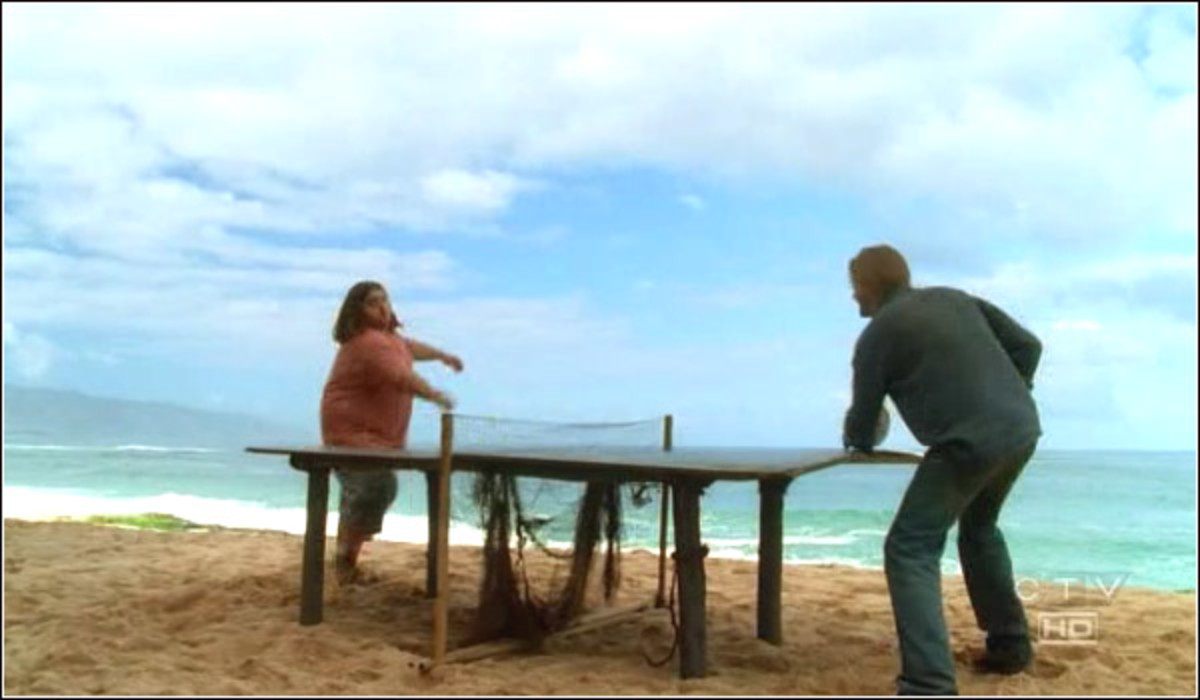
How to Score
Only 1 point is earned at a time, and either player, or team can score a point regardless of who served the ball. A point is awarded for each rally, which is when you serve the ball, or you return the ball, and your opponent is unable to keep the volley going.
If you serve the ball into the net (excluding a let), or off the table, your opponent receives 1 point.
If the ball touches you while it is still in play, your opponent receives 1 point.
If you hit the ball more than once, your opponent receives 1 point.
If you touch the table with your hand, or move the table, your opponent receives 1 point.
If you serve outside of the cross court box (only in doubles), your opponent receives 1 point.
If you are unable to return a serve, or keep a volley going, your opponent receives 1 point.
Any ball is dead once it; hits the floor, hits an object, or hits you outside of the play area.
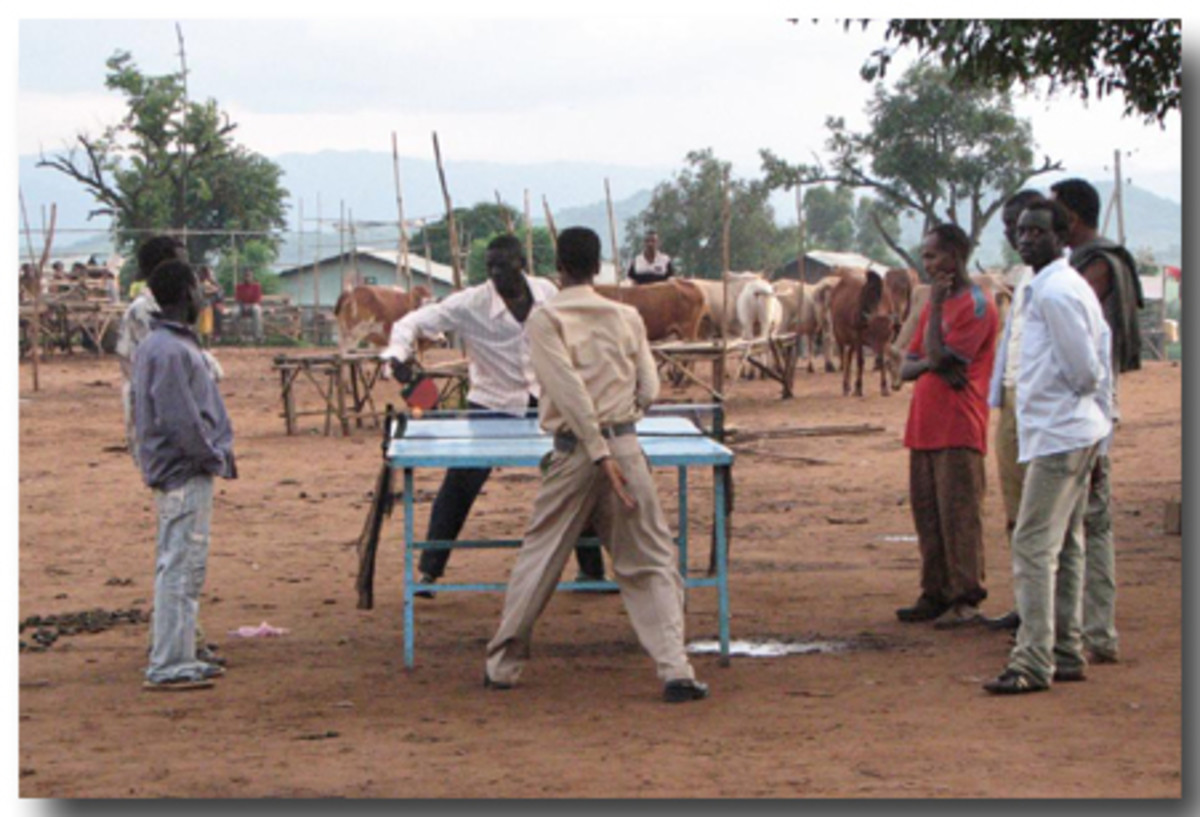
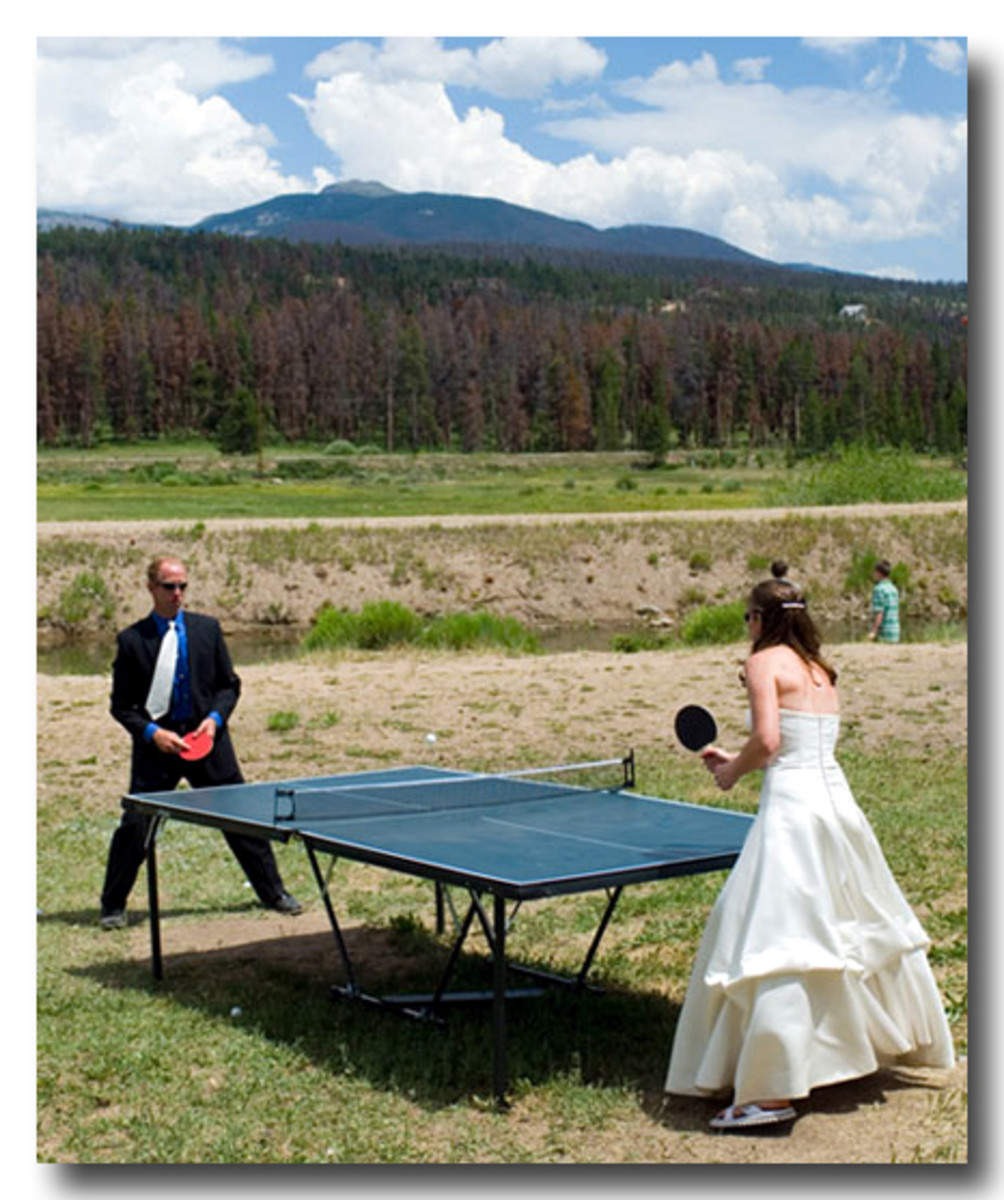
How to Win
ITTF rules say that each game goes to 11 points, in a best 2 out of 3 series. A player must win by 2 or more points, or else the game continues.
The serve alternates after every 2 points scored, except in overtime, where each player alternates 1 serve each.
If a third game is played, the players will switch sides after 5 points are scored.
It is not uncommon in recreational play to see games go to 15, or 21 points. Series may even go to best of 5, or 7 games depending on where you play. In such cases, the serve alternates after every 5 points scored in most cases.
After every game the players will switch sides, and the losing opponent of the first game will serve first the second game.
Once a game reaches the potential final point, the loser will always serve the ball.
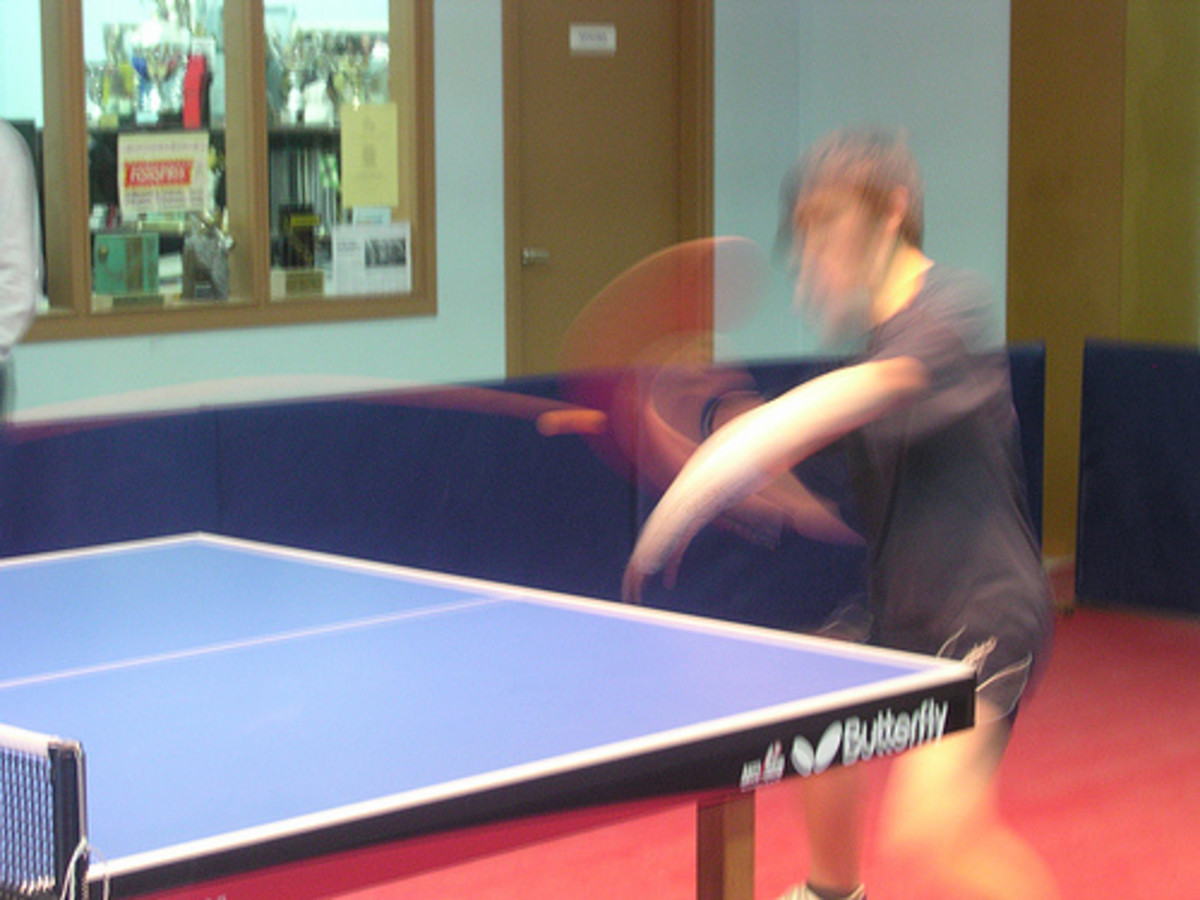
How to Get Better
Practice, practice, practice...
Maintain eye contact. Always follow the ball with your eyes.
Stay low and fast. Keep your paddle in a horizontal position, and try to hit the ball so that it stays low, while making it over the net at the same time. If you leave balls up in the air, there is a good chance that they will be spiked back down on your side, and you will be less likely to make the return.
Move your feet, center yourself, and be able to return the ball with a forehand and backhand.
Try new things. Snap your wrist a bit while returning the ball in order to put some forward spin on it. Under cut the ball while returning it in order to put some backward spin on it (frisbee).
Be aggressive. If a ball is up in the air, take a shot and spike it down onto the other side of the table with a quck flick of the wrist. Practice your serves, and change it up in order to try and get the ball past your opponent without them touching it (ace).
There are all kinds of different paddles out there. You can find basic paddles at stores that sell sporting goods, however, they are considered beginner paddles. Once you become more advanced you may want to invest in a better paddle, or even a custom paddle.
Have fun. Keep practicing, and improving your game the whole time. You will get better, and be able to compete with other players, all with different skill levels.
